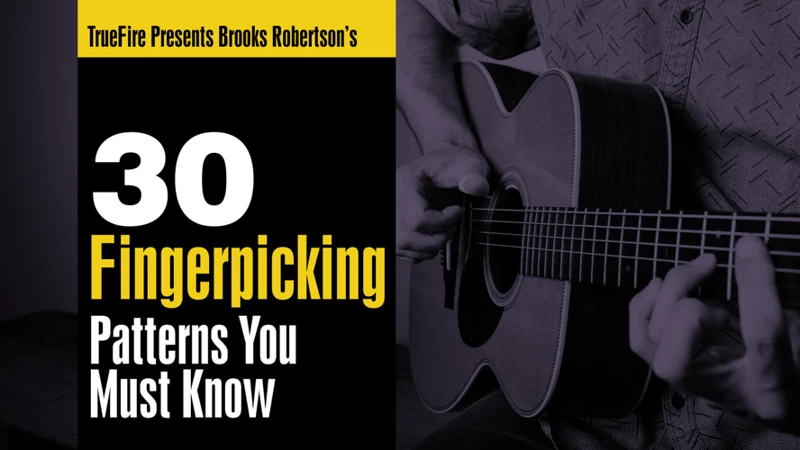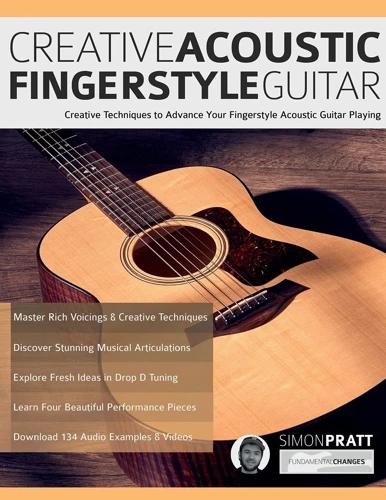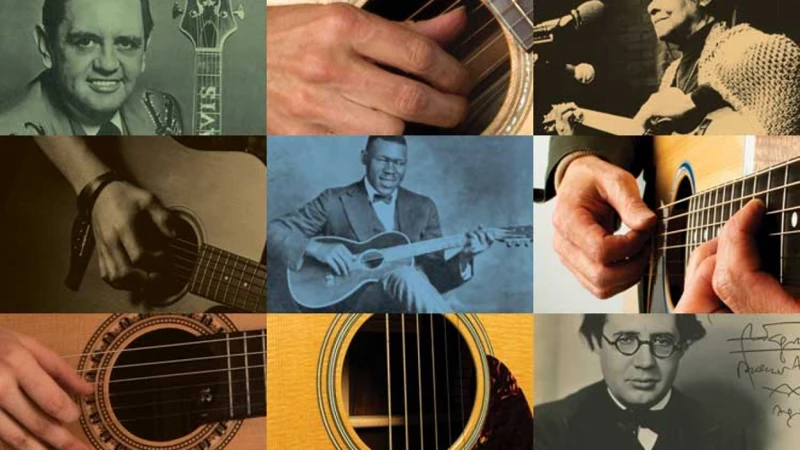Country fingerpicking is a unique style of guitar playing that has its roots deeply embedded in American folk and country music. This technique involves plucking the strings with the fingers of the picking hand rather than using a guitar pick. The result is a rich, melodic sound that is characteristic of classic country music. In this blog post, we will explore the history of country fingerpicking, its notable players, essential techniques, and how you can start learning and mastering this timeless style.
History of Country Fingerpicking
The origins of country fingerpicking can be traced back to the early 20th century when rural musicians in the southern United States began experimenting with different ways of playing the guitar. This style of playing was heavily influenced by traditional folk music, blues, and gospel, creating a distinct sound that would later become synonymous with country music.
One of the pioneers of country fingerpicking was Merle Travis, a legendary guitarist known for his intricate fingerstyle technique. Travis popularized the alternating bass pattern, where the thumb plays a steady bass line while the fingers pick out melody notes on the higher strings. This technique became a hallmark of country fingerpicking and has been emulated by countless guitarists since.
Notable Country Fingerpicking Players
Over the years, many talented musicians have made significant contributions to the world of country fingerpicking. One of the most influential figures is Chet Atkins, often referred to as “Mr. Guitar.” Atkins was a master of fingerstyle guitar and helped popularize the Nashville sound, a smooth and polished style of country music that incorporated elements of jazz and pop.
Another notable player is Doc Watson, a flatpicking and fingerstyle guitarist known for his powerful voice and virtuosic guitar playing. Watson’s unique blend of folk, blues, and country music helped bring fingerpicking to a wider audience and inspired generations of musicians to explore the possibilities of the guitar.
In more recent years, artists like Tommy Emmanuel and Brad Paisley have continued to push the boundaries of country fingerpicking, showcasing the versatility and expressiveness of the technique in contemporary music.
Essential Techniques in Country Fingerpicking
To master the art of country fingerpicking, there are several essential techniques that you must learn and practice. These include:
Alternating Bass Pattern
The alternating bass pattern is a fundamental element of country fingerpicking. In this technique, the thumb alternates between two bass notes while the fingers play melody notes on the higher strings. This pattern creates a driving rhythm that underpins the music and gives it a sense of momentum.
Travis Picking
Travis picking is a fingerstyle technique named after Merle Travis and is characterized by a steady alternating bass line combined with syncopated melodies played on the higher strings. This technique requires coordination between the thumb and fingers to create a full, rich sound that is typical of country fingerpicking.
Hybrid Picking
Hybrid picking involves using a combination of the pick and fingers to play the guitar. This technique allows for greater speed and precision, making it ideal for intricate country fingerpicking patterns that require both picking and fingerstyle techniques.
Finger Independence
Developing finger independence is crucial for mastering country fingerpicking. This involves training each finger to pluck the strings independently, allowing you to play complex melodies and chord progressions with fluency and accuracy.
How to Get Started with Country Fingerpicking
If you’re interested in learning country fingerpicking, here are some tips to help you get started:
Listen to the Masters
Start by listening to recordings of legendary country fingerpicking players like Chet Atkins, Merle Travis, and Doc Watson. Pay close attention to their technique, phrasing, and musicality to gain inspiration and insight into the style.
Start Slow
When learning country fingerpicking, start slowly and focus on mastering the basics before moving on to more complex patterns. Practice regularly and gradually increase your speed and dexterity as you become more comfortable with the technique.
Use Proper Fingerstyle Technique
Pay attention to your hand position, finger placement, and overall technique when playing country fingerpicking. Proper form is essential for producing a clear and balanced sound, so take the time to refine your technique and make adjustments as needed.
Experiment with Different Styles
Don’t be afraid to experiment with different styles and approaches to country fingerpicking. Try incorporating elements of blues, jazz, or folk music into your playing to create a unique and personal sound that reflects your musical influences.
Are you interested in learning more about country fingerpicking techniques? Explore our articles on country fingerpicking techniques, country chords for fingerpicking, essential fingerpicking exercises for country guitar, fingerstyle vs. flatpicking pros and cons in country music, and Merle Travis fingerpicking style for valuable insights and techniques in the realm of country music!
Conclusion
Country fingerpicking is a rich and versatile style of guitar playing that has captivated audiences for decades. By exploring the history of this technique, studying the work of influential players, mastering essential techniques, and dedicating time to practice, you can unlock the beauty and complexity of country fingerpicking and embark on a musical journey that is both rewarding and fulfilling. So pick up your guitar, start plucking those strings, and let the timeless sound of country fingerpicking inspire and guide your musical endeavors.





